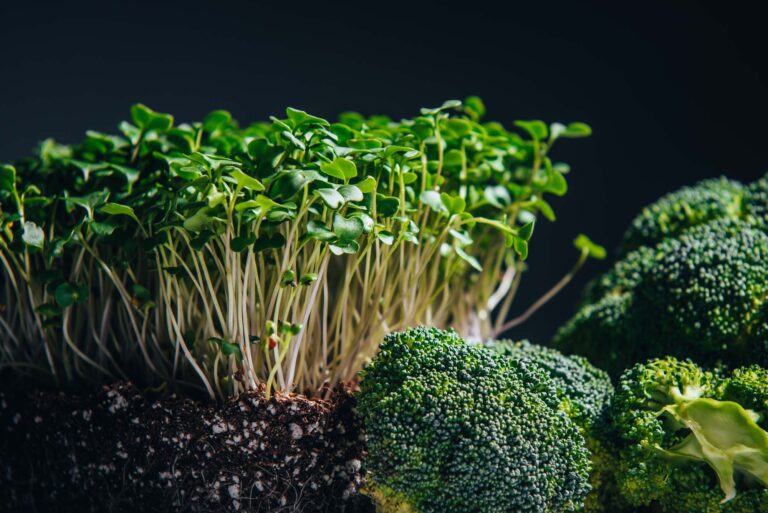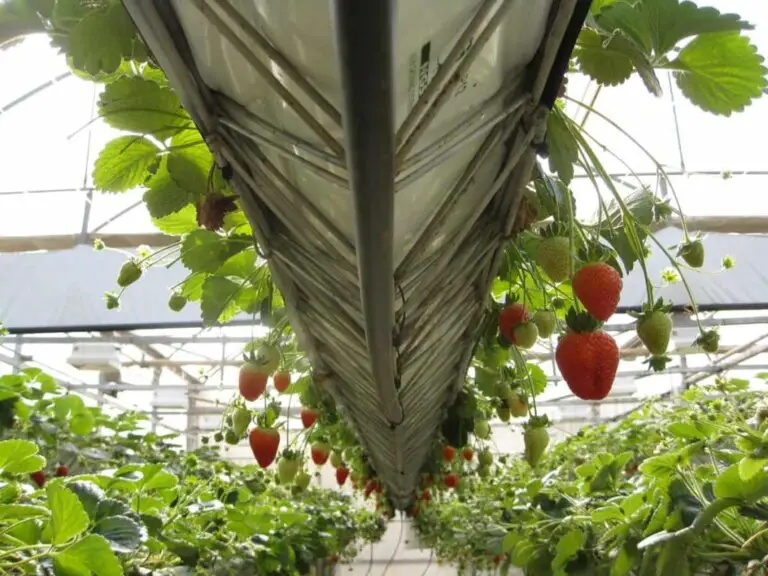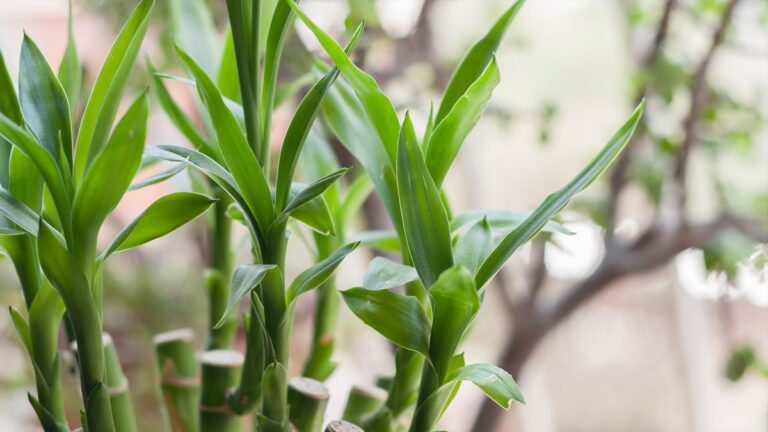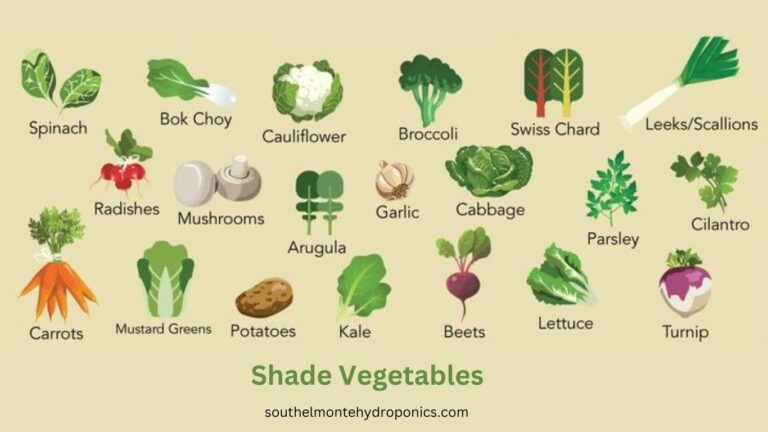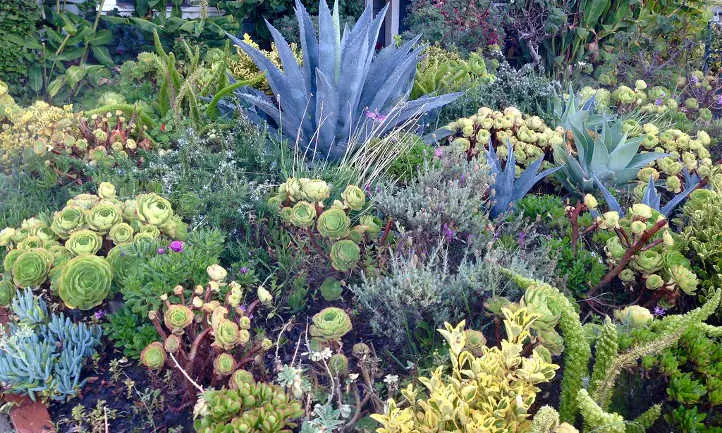Growing in Coco: A Complete Guide to Coco Coir for Cannabis Cultivation
What is Coco Coir and why is it a popular medium for cannabis cultivation?
Coco Coir, also known as coconut fiber, is a popular medium for cannabis cultivation due to its numerous benefits. Coco Coir is made from the fibrous husk of coconuts and is widely used in gardening and hydroponics. It has become a preferred choice for cannabis growers because of its excellent water retention capabilities and its ability to provide the optimal air-to-water ratio for healthy root development.
One of the main reasons why Coco Coir is popular among cannabis cultivators is its ability to hold moisture well. It can retain up to 10 times its weight in water, ensuring that plants have a consistent water supply. This is especially beneficial for cannabis plants, as they require a significant amount of water to thrive. Additionally, Coco Coir has excellent drainage properties, preventing overwatering and reducing the risk of root rot.
Furthermore, Coco Coir is a sustainable and eco-friendly option for cannabis cultivation. By utilizing a waste product from the coconut industry, growers can reduce their environmental impact. Additionally, Coco Coir is naturally resistant to pests and diseases, reducing the need for chemical pesticides. This makes it a healthier and more natural option for both the plants and the environment.
Understanding the different types of Coco Coir available in the market
Coco coir, a widely used medium for cannabis cultivation, comes in different types in the market. Understanding these different types is crucial for growers to make informed decisions and maximize their plant’s potential.
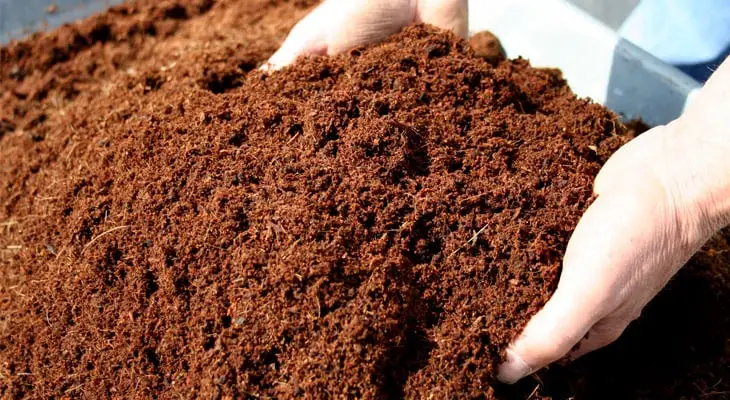
The most common types of coco coir are coco pith, coco fiber, and coco chips. Coco pith, also known as coco peat, is the finely ground, spongy material that comes from the husk of coconuts. It is highly absorbent and holds water well, making it excellent for retaining moisture and promoting healthy root growth. On the other hand, coco fiber is made from the outer husk of the coconut and is stringy in texture. It allows for better aeration and drainage, providing oxygen to the roots and preventing waterlogged conditions. Coco chips, derived from the coconut’s husk, are larger chunks that provide more airflow and drainage, making them suitable for plants that prefer drier conditions or require additional support.
Understanding the different types of coco coir is essential because each type has its own unique characteristics and benefits. Coco pith, with its high water holding capacity, is ideal for plants that require consistent moisture, while coco fiber and chips are suitable for plants that prefer a well-draining medium. By selecting the right type of coco coir for your cannabis plants, you can achieve optimal water retention, aeration, and root development, leading to healthier and more robust growth. Whether you are aiming for increased yield, stronger plants, or specific growth characteristics, choosing the appropriate coco coir type will help you achieve your goals.
The benefits of using Coco Coir for cannabis cultivation

Coco coir has gained immense popularity as a medium for cannabis cultivation, and for good reason. This natural and sustainable material offers several benefits that make it a preferred choice among growers. Firstly, coco coir is known for its excellent water retention and drainage properties. It can hold moisture while also allowing excess water to easily drain away, which helps prevent overwatering and root rot. This characteristic is especially important for cannabis plants, as they require a well-drained growing medium to thrive. With coco coir, you can ensure that your plants receive the right amount of moisture without the risk of suffocating their roots.
In addition to its water retention capabilities, coco coir is also a fantastic choice for its high oxygenation. Unlike traditional soil, which can become compacted over time, coco coir provides a loose and airy structure. This allows the roots to access ample oxygen, promoting healthy growth and nutrient absorption. Furthermore, coco coir is naturally free from pests, diseases, and weed seeds, providing a clean and sterile environment for your cannabis plants. This reduces the risk of infestations and ensures that your plants have the best chance of thriving.
How to choose the right Coco Coir for your cannabis plants
When it comes to choosing the right Coco Coir for your cannabis plants, there are a few key factors to consider. First and foremost, it’s important to understand the different types of Coco Coir available in the market. Coco Coir is derived from the outer husk of coconuts and can be processed in different ways to create varying textures and water-holding capacities.
One of the main considerations is the coarseness of the Coco Coir. Fine Coco Coir has a higher water-holding capacity but can be prone to compaction, while coarse Coco Coir allows for better aeration but may require more frequent watering. Additionally, it’s important to look for Coco Coir that has been properly washed and buffered to remove excess salts and ensure a neutral pH level. This is crucial for maintaining a healthy root environment for your cannabis plants. In general, Coco Coir that is specifically labeled for horticultural use is a safe bet, as it has been processed and prepared with plant growth in mind.
When choosing the right Coco Coir, it’s also essential to consider the source and quality of the product. Coco Coir that is sourced from high-quality coconuts and processed under controlled conditions is more likely to be free from contaminants and provide optimal growing conditions for your cannabis plants. Additionally, it’s always a good idea to check for any certifications or third-party testing that can guarantee the quality and purity of the Coco Coir product you choose. By taking these factors into account, you can ensure that you select the best Coco Coir for your cannabis cultivation needs.
Preparing Coco Coir for cannabis cultivation: Proper hydration and buffering techniques
Hydrating and buffering Coco Coir properly is essential for creating an optimal growing medium for cannabis cultivation. When using Coco Coir for the first time, it is essential to understand that it comes in a dehydrated form. This means that before you can use it, it must be hydrated with water.
To properly hydrate Coco Coir, start by placing the coco bricks or blocks in a large container, such as a bucket or a plastic tub. Then, slowly pour water over the Coco Coir while stirring it with a stick or your hands. The Coir will start to absorb the water and expand, increasing in volume. Continue adding water and stirring until the Coir is fully hydrated and has a moist, spongy texture. It is important not to overhydrate the Coco Coir, as excessive water retention can lead to poor drainage and potential root rot.
Once the Coco Coir is hydrated, the next step is buffering. Buffering involves adjusting the pH levels and leaching out any excessive salts or nutrients that may be present in the Coir. To buffer Coco Coir, simply soak it in a solution with a pH of around 6 for a few hours, or overnight if possible. This will help neutralize any high or low pH levels that may be present in the Coir. After buffering, rinse the Coco Coir thoroughly with clean water to remove any excess salts or impurities. This process ensures that the Coco Coir is ready to provide a balanced and stable environment for the cannabis plants’ root systems.
By following proper hydration and buffering techniques, you can create an ideal Coco Coir medium for your cannabis plants. This will help promote healthy root development, nutrient uptake, and overall plant growth. Additionally, it helps prevent potential nutrient imbalances and ensures the pH levels are within the optimal range for cannabis cultivation. Properly hydrated and buffered Coco Coir is a fantastic medium that provides excellent water retention and drainage properties, making it ideal for cannabis growers.
Coco Coir vs. traditional soil: a comparison of pros and cons
Coco coir and traditional soil are two common mediums used for plant cultivation, each with their own set of pros and cons. Let’s explore the differences between the two and how they impact cannabis cultivation.
Coco coir, which is made from the fibrous husks of coconuts, has gained popularity among growers in recent years. One of the main advantages of coco coir is its excellent water retention properties. It can hold more water than traditional soil, while still providing good drainage. This makes it ideal for cannabis plants that require consistent moisture levels. Additionally, coco coir is a renewable resource and environmentally friendly option.
On the other hand, traditional soil has been used for centuries and has its own benefits. Soil contains a range of naturally occurring nutrients that can support plant growth. It also acts as a buffer, helping to maintain a stable pH level. Many growers appreciate the earthy smell and feel of soil, which can enhance the overall gardening experience.
While coco coir provides excellent water retention, it may require more attention when it comes to nutrient management. Unlike traditional soil, which naturally contains some nutrients, coco coir is relatively inert and may need to be supplemented with additional nutrients throughout the plant’s life cycle. This can be done through the use of liquid fertilizers or amendments specifically formulated for coco coir.
When it comes to choosing between coco coir and traditional soil for cannabis cultivation, it ultimately depends on individual preferences and growing conditions. Coco coir may be more suitable for growers who prefer a more controlled environment and want to closely monitor nutrient levels. Traditional soil, on the other hand, may be preferred by those who enjoy a more organic approach and want to work with the natural properties of soil.
In conclusion, both coco coir and traditional soil have their own advantages and disadvantages when it comes to cannabis cultivation. It’s important for growers to understand their specific needs and goals in order to make an informed decision. By considering factors such as water retention, nutrient management, and personal preferences, growers can choose the medium that best suits their needs and ensures successful cannabis cultivation.
Essential nutrients and supplements for successful cannabis cultivation in Coco Coir
When it comes to successful cannabis cultivation in Coco Coir, providing essential nutrients and supplements is crucial for promoting healthy growth and maximizing yield. Coco Coir, although rich in potassium and other micronutrients, may lack certain key elements that are necessary for optimal plant development. Therefore, it is important to supplement your Coco Coir with a balanced blend of nutrients to create a nutrient-rich environment for your cannabis plants.
One of the primary nutrients that cannabis plants require is nitrogen. Nitrogen is essential for promoting vigorous vegetative growth and the development of lush, green foliage. Including a nitrogen-rich fertilizer in your nutrient regime during the vegetative phase will ensure that your plants have access to this crucial nutrient. However, it’s important to strike a balance and avoid excessive nitrogen levels, as this can lead to nutrient burn and delayed flowering. Additionally, phosphorus and potassium, commonly known as PK nutrients, are vital for flowering and the production of robust buds. By providing an adequate supply of these nutrients during the flowering phase, you can achieve larger buds and enhanced potency in your cannabis plants.
In addition to the basic macronutrients, cannabis plants also require essential micronutrients to thrive. These include elements such as calcium, magnesium, iron, and zinc, among others. Micronutrients play a crucial role in various physiological processes, from photosynthesis to enzyme activation. Deficiencies in micronutrients can negatively impact plant health and overall productivity. Therefore, it is important to monitor your plants closely and address any deficiencies with targeted micronutrient supplements. This ensures that your cannabis plants have all the necessary building blocks to reach their full potential.
The importance of pH balance in Coco Coir cultivation and how to maintain it
Maintaining the proper pH balance is crucial for successful cannabis cultivation in Coco Coir. pH, which stands for “potential of hydrogen,” is a measurement of the acidity or alkalinity of a substance. The pH scale ranges from 0 to 14, with 7 being neutral. For cannabis plants grown in Coco Coir, the ideal pH range is slightly acidic, between 5.8 and 6.3. This range allows for optimal nutrient uptake and ensures that the plants can absorb the necessary minerals to grow and thrive.
Why is pH balance so important in Coco Coir cultivation? When the pH level is too high or too low, it can lead to nutrient deficiencies or toxicities. This can cause various problems, such as stunted growth, leaf discoloration, and overall poor plant health. If the pH is too high, certain nutrients become less available to the plants, even if they are present in the growing medium. On the other hand, if the pH is too low, other nutrients may become more available but can be absorbed in excess, leading to nutrient imbalances.
So, how can you maintain the proper pH balance in your Coco Coir cultivation? The key is regular monitoring and adjustments. Start by testing the pH of your Coco Coir before planting the cannabis seeds or transplants. You can use a pH meter or pH testing strips to determine the pH level. If the pH is outside the recommended range, adjustments are necessary.
To lower the pH in Coco Coir, you can use products like pH Down, which is usually composed of phosphoric acid. Add small amounts at a time and test the pH regularly until you achieve the desired range. On the other hand, to raise the pH, you can use products like pH Up, which is typically made of potassium hydroxide or potassium carbonate. Again, add small amounts and test the pH until it is within the optimal range. Remember to follow the product instructions carefully and wear protective gloves when handling these substances.
It is also important to note that the pH of your water source can affect the pH of the Coco Coir. If your water is too acidic or alkaline, it can influence the pH of the growing medium. Consider using a pH adjuster or filters to bring the water pH to a suitable range before watering your plants.
In addition to regular pH monitoring and adjustments, it can be helpful to flush the Coco Coir periodically. Flushing involves watering the plants with a pH-balanced solution to remove any built-up salts or excess nutrients. This process can help prevent nutrient imbalances and maintain a healthy pH level.
By maintaining the proper pH balance in your Coco Coir cultivation, you can ensure that your cannabis plants receive the necessary nutrients for vigorous growth and abundant yields. Regular monitoring, adjustments, and flushing will help you create an optimal environment for your plants to flourish. Remember, the pH balance is one of the key factors in successful Coco Coir cultivation, so keep a close eye on it and make any necessary corrections promptly.
Watering techniques and frequency for cannabis plants grown in Coco Coir
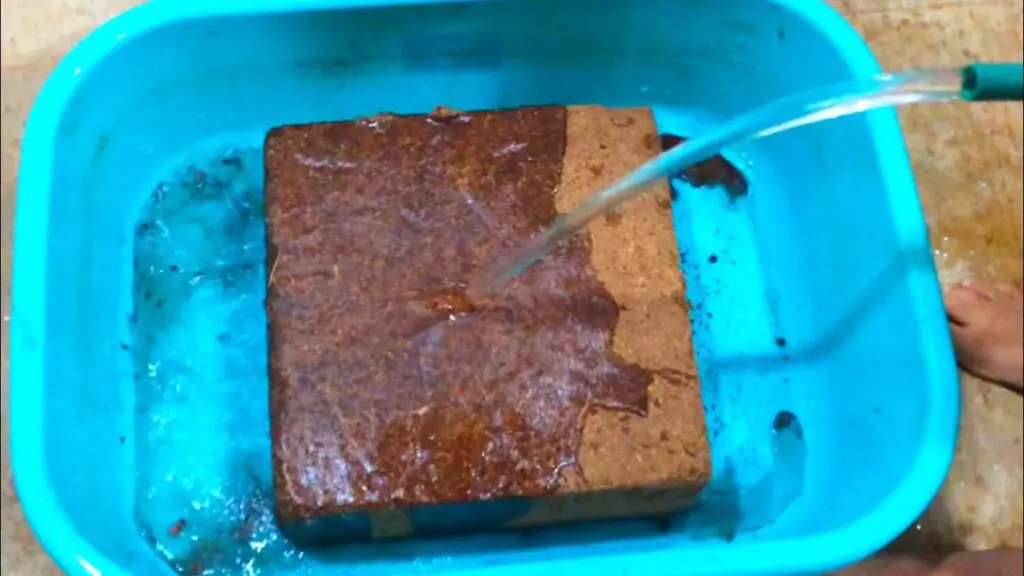
When it comes to watering cannabis plants grown in Coco Coir, there are a few key techniques and principles to keep in mind. One of the advantages of using Coco Coir as a growing medium is its excellent water retention properties. Coco Coir can hold up to 10 times its weight in water, allowing for a more efficient and effective irrigation process. However, it’s important to strike the right balance between providing enough water for healthy plant growth and avoiding overwatering, which can lead to root rot and other water-related issues.
To determine the frequency of watering, it’s crucial to assess the moisture levels in the Coco Coir. A simple technique is to insert your finger about an inch into the growing medium. If it feels dry at this depth, it’s time to water. However, if it still feels moist or wet, it’s best to hold off and check again in a day or two. Remember, overwatering can be just as detrimental to cannabis plants as underwatering, so it’s essential to allow the Coco Coir to partially dry out in between watering sessions.
In terms of the watering technique itself, a common approach is to use a drip irrigation system. This method allows for a slow and steady distribution of water directly to the base of the plants, promoting deep root growth and preventing excessive runoff. Alternatively, hand-watering can be effective, as long as care is taken to ensure even distribution without causing waterlogged spots. Additionally, some growers incorporate the use of moisture meters or hydroponic trays to monitor and manage the watering process more precisely.
Overall, finding the right watering frequency and technique for your cannabis plants grown in Coco Coir may require some experimentation and adjustments based on factors such as environmental conditions, plant size, and stage of growth. Observing your plants closely and responding to their specific needs will help you strike the perfect balance, ensuring optimal hydration without risking overwatering.
Managing pests and diseases in Coco Coir cannabis cultivation
Pests and diseases can pose a significant risk to cannabis plants grown in Coco Coir. However, with proper management and preventive measures, you can maintain a healthy and thriving garden. One of the first steps in pest and disease management is identifying the problem. Look out for common signs such as wilting or yellowing leaves, presence of holes or chewed edges, and the presence of small insects or pests. It’s important to act quickly at the first sign of trouble to prevent further damage to your plants.
One effective method for managing pests in Coco Coir cannabis cultivation is the use of beneficial insects. These natural predators prey on harmful pests, keeping their populations in check. Ladybugs, for example, feed on aphids and mites, while nematodes can control soil-dwelling pests like fungus gnats. Another approach is using organic insecticides derived from plant extracts, such as neem oil or insecticidal soaps, which are effective against a wide range of pests. It’s important to follow the application instructions carefully and avoid spraying during periods of high temperatures or when the plants are flowering. Additionally, regular inspection and sanitation practices, such as removing dead or damaged leaves and keeping the growing area clean, can help prevent pests and diseases from establishing and spreading.
Nutrient deficiency and toxicity symptoms in cannabis plants grown in Coco Coir
Nutrient deficiency and toxicity symptoms in cannabis plants grown in Coco Coir can be a common challenge for growers. Coco Coir is known for its excellent water holding capacity and ability to retain nutrients, but it is still important to ensure that the plants are getting all the essential elements they need to thrive.
One common nutrient deficiency in Coco Coir cultivation is nitrogen deficiency. This can be identified by the yellowing of lower leaves, starting from the tips and progressing towards the base of the plant. This occurs because nitrogen is essential for the growth and development of leaves, and a lack of it can result in stunted growth and reduced overall vigor. To address this issue, growers can supplement with a nitrogen-rich fertilizer or organic amendments, such as blood meal or fish emulsion, to provide the plants with the necessary nutrients.
On the other hand, nutrient toxicity is another concern that cannabis growers may face when using Coco Coir as their growing medium. This occurs when the plants receive an excessive amount of certain nutrients, such as phosphorus or potassium. Symptoms of nutrient toxicity can vary depending on the specific nutrient, but common signs include leaf discoloration, burnt tips, and overall plant stress. To prevent nutrient toxicity, it is crucial to follow the recommended dosage guidelines specified by the nutrient manufacturer and regularly monitor the nutrient levels in the growing medium. Additionally, flushing the Coco Coir with plain water periodically can help remove any accumulated salts or excess nutrients.
Transplanting and repotting cannabis plants in Coco Coir: best practices
When it comes to transplanting and repotting cannabis plants in Coco Coir, following best practices is essential for ensuring their healthy growth and development. Coco Coir, being a popular medium for cannabis cultivation, offers several benefits such as excellent water retention, good aeration, and resistance to pests and diseases. However, improper transplanting and repotting techniques can lead to root damage and stress, ultimately affecting the plant’s overall health.
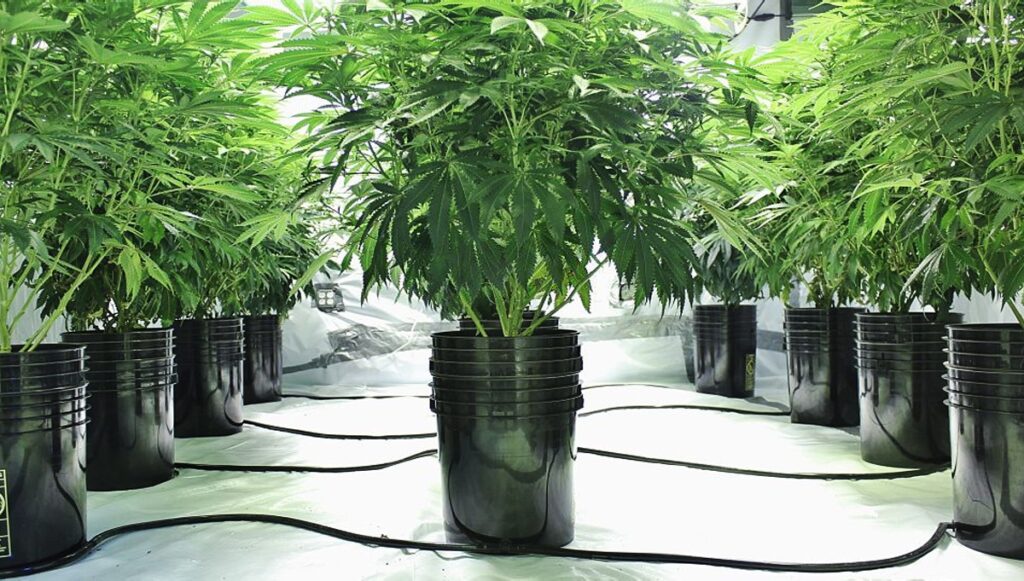
First and foremost, it’s important to choose the right size container for your cannabis plant. Ideally, the new container should be slightly larger than the previous one to give the roots room to grow. Make sure the new container has drainage holes to prevent waterlogging, which could lead to root rot. Additionally, it’s recommended to use fabric pots or smart pots as they provide better air circulation and prevent the roots from becoming bound.
Before transplanting, it’s crucial to prepare the Coco Coir properly. This involves hydrating and buffering the medium. Hydration can be done by soaking the Coco Coir in water until it expands and becomes moist, allowing the roots of the cannabis plant to easily penetrate it. Buffering, on the other hand, involves adjusting the pH of the Coco Coir to the desired range, typically between 5.8 and 6.3, to ensure optimal nutrient uptake by the plants. Buffered Coco Coir also helps prevent nutrient imbalances, reducing the risk of deficiencies or toxicities.
When it comes to transplanting, gently remove the cannabis plant from its previous container, being mindful not to damage the roots. Place the plant in the new container, making sure it sits at the same depth as before. Fill the remaining space with pre-moistened Coco Coir, gently pressing it down to eliminate air pockets. Avoid burying the stem too deep or leaving it exposed, as both can lead to potential problems.
After transplanting, give the plant a thorough watering to settle the Coco Coir and provide essential moisture for the roots. Monitor the plant closely in the following days and ensure the proper watering schedule, allowing the medium to slightly dry out between waterings to prevent overwatering or waterlogged roots.
Transplant shock is a common concern when moving plants, but by following these best practices, you can minimize stress and ensure a successful transition for your cannabis plants in Coco Coir. Remember to maintain a suitable environment with appropriate lighting, temperature, and humidity levels to facilitate the plant’s recovery and promote healthy growth. With proper care and attention, your cannabis plants will thrive in their new home and reward you with bountiful yields.
Training techniques for maximizing yield and growth in Coco Coir cannabis cultivation
Training techniques play a crucial role in maximizing yield and growth in Coco Coir cannabis cultivation. By properly training your plants, you can encourage healthy development, increase bud production, and optimize the use of your growing space. There are several effective techniques that can be employed, depending on your goals and the specific needs of your plants.
One popular training technique is known as low-stress training (LST). This technique involves gently bending and tying down the branches of your plants to create an even canopy. By doing so, you can ensure that light penetrates deep into the plant, promoting the growth of multiple bud sites and preventing the development of a single dominant cola. LST can be particularly beneficial when cultivating in Coco Coir, as the medium offers excellent drainage and air circulation, allowing the plants to recover quickly from any stress caused by the training process.
Another technique that can be used to maximize yield and growth in Coco Coir cannabis cultivation is known as topping. This involves removing the top of the main stem, which encourages the plant to grow multiple branches and create a bushier structure. Topping helps to distribute the plant’s energy more evenly, creating a more balanced and robust canopy. Additionally, it can help to control the height of the plant, making it easier to manage in indoor grow spaces with limited vertical clearance.
When implementing training techniques, it is important to monitor the response of your plants closely. Some plants may require more or less training depending on their genetics and individual growth patterns. Adjustments may need to be made throughout the vegetative stage to ensure optimal results. Additionally, it is essential to provide adequate support for the branches to prevent damage or breakage. By implementing appropriate training techniques, you can maximize the yield and growth of your cannabis plants cultivated in Coco Coir, and achieve a healthy and productive harvest.
Harvesting and drying cannabis plants grown in Coco Coir: tips and tricks
Harvesting and drying cannabis plants grown in Coco Coir can be an exciting and rewarding process. Once your plants have reached their peak potency and are ready for harvest, it’s important to handle them with care to preserve the quality of the buds.
To begin, it’s crucial to understand the ideal time for harvest. While different strains may have varying flowering times, a good rule of thumb is to wait until most of the pistils have turned from white to a darker color, typically orange or red. Additionally, examining the trichomes under a magnifying glass or microscope can provide valuable insight. Look for milky trichomes with some amber ones mixed in, indicating that the cannabinoids are at their peak.
Once you’ve determined the perfect time for harvest, it’s time to carefully cut the plants down. Using a sharp pair of pruning shears, make clean cuts at the base of the main stem or branches. Be mindful not to damage the buds or remove too much foliage, as this can impact the drying process. Trim off any excess leaves surrounding the buds, leaving just enough to protect them. Some growers prefer a more manicured appearance, while others prefer a “wet trim” approach, leaving more leaves intact. Ultimately, the choice is yours and can depend on personal preference and drying conditions.
Troubleshooting common issues in Coco Coir cannabis cultivation
Troubleshooting common issues in Coco Coir cannabis cultivation can be challenging, but with the right knowledge and techniques, you can overcome these problems and ensure the health and vitality of your plants. One common issue that growers face is nutrient deficiency or toxicity. Coco Coir is inherently low in nutrients, so it’s important to provide your plants with the necessary fertilizers and supplements. However, it’s crucial to strike a balance, as overfeeding can lead to nutrient toxicity and burn the roots.
To identify nutrient deficiency or toxicity, keep a close eye on your plants’ leaves. Yellowing or discolored leaves can indicate a lack of essential nutrients, while browning or burnt leaf tips can be a sign of nutrient toxicity. If you notice these symptoms, adjust your nutrient regimen accordingly. Use a reputable brand of nutrient solution specifically formulated for cannabis cultivation in Coco Coir, and follow the recommended dosage guidelines. It’s also a good idea to check the pH levels of your nutrient solution regularly, as imbalances can affect nutrient availability to the plants. By addressing nutrient deficiencies or toxicities promptly, you can prevent further damage and promote healthier growth.
Another common issue in Coco Coir cannabis cultivation is the accumulation of salts in the growing medium, known as “salt buildup.” Coco Coir has a high Cation Exchange Capacity (CEC), meaning it can hold onto nutrients and release them slowly to the plants. However, over time, salts can build up in the Coco Coir, affecting nutrient uptake and potentially causing nutrient lockout. To prevent salt buildup, it’s important to flush the Coco Coir regularly. This involves thoroughly watering your plants with plain, pH-balanced water to wash away excess salts. Flushing should be done periodically throughout the plant’s life cycle, especially during the flowering stage. Additionally, using a Coco Coir-specific flushing agent can help remove any residual salts more effectively. Regular flushing will ensure optimal nutrient absorption and prevent potential issues down the line.
Can Coco Coir be reused for multiple cannabis grows?
Yes, Coco Coir can be reused for multiple cannabis grows. After each grow, it is recommended to flush and rinse the Coco Coir to remove any excess nutrients and salts. It can then be rehydrated and buffered before being used again.
How often should Coco Coir be watered?
The frequency of watering Coco Coir depends on various factors such as the size of the plants, the stage of growth, and the environmental conditions. It is important to monitor the moisture level in the Coco Coir and water when it feels dry to the touch, but not completely dried out. Overwatering should be avoided as it can lead to root rot.
Can pests and diseases affect cannabis plants grown in Coco Coir?
Yes, pests and diseases can affect cannabis plants grown in Coco Coir. Common pests include spider mites, fungus gnats, and aphids. It is important to regularly inspect the plants and take appropriate measures such as using organic pest control methods or introducing beneficial insects to prevent and treat infestations.
How Can I Prevent Nutrient Deficiencies In Cannabis Plants Grown In Coco Coir?
To prevent nutrient deficiencies in cannabis plants grown in Coco Coir, it is essential to provide a balanced nutrient solution that contains all the necessary macro and micronutrients. Regularly monitoring the pH levels and adjusting them if necessary can also help ensure optimal nutrient uptake by the plants.
What Is The Best Way To Transplant Cannabis Plants In Coco Coir?
When transplanting cannabis plants in Coco Coir, it is important to gently remove the plant from its current container, making sure to minimize any damage to the roots. The new pot should be filled with pre-soaked and buffered Coco Coir, and the plant should be carefully placed in the new pot, ensuring that the roots are covered and supported by the Coco Coir.
How long does it take to harvest and dry cannabis plants grown in Coco Coir?
The time it takes to harvest and dry cannabis plants grown in Coco Coir can vary depending on the strain and desired potency. On average, it takes about 8-12 weeks for the plants to reach maturity and be ready for harvest. Drying the harvested buds usually takes around 7-14 days, depending on environmental conditions and desired moisture content.

Suyash Dhoot, editor at SouthElMonteHydroponics.com, is a pioneering force in hydroponics. His expertise spans nutrient solutions and cutting-edge technology. Through meticulous editing, he elevates the site to a beacon of knowledge, offering invaluable insights. Dhoot’s dedication shapes a greener, more efficient future for agriculture.


